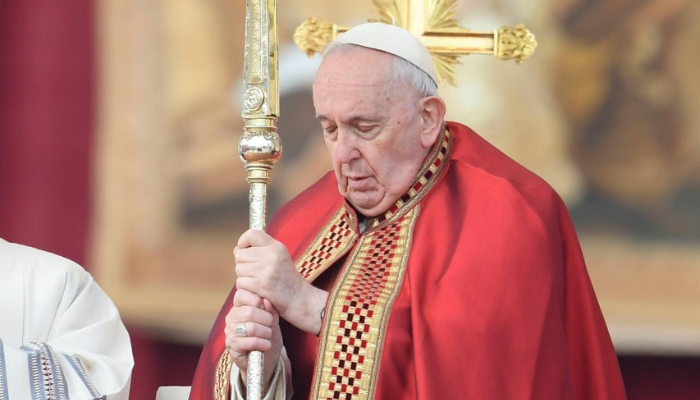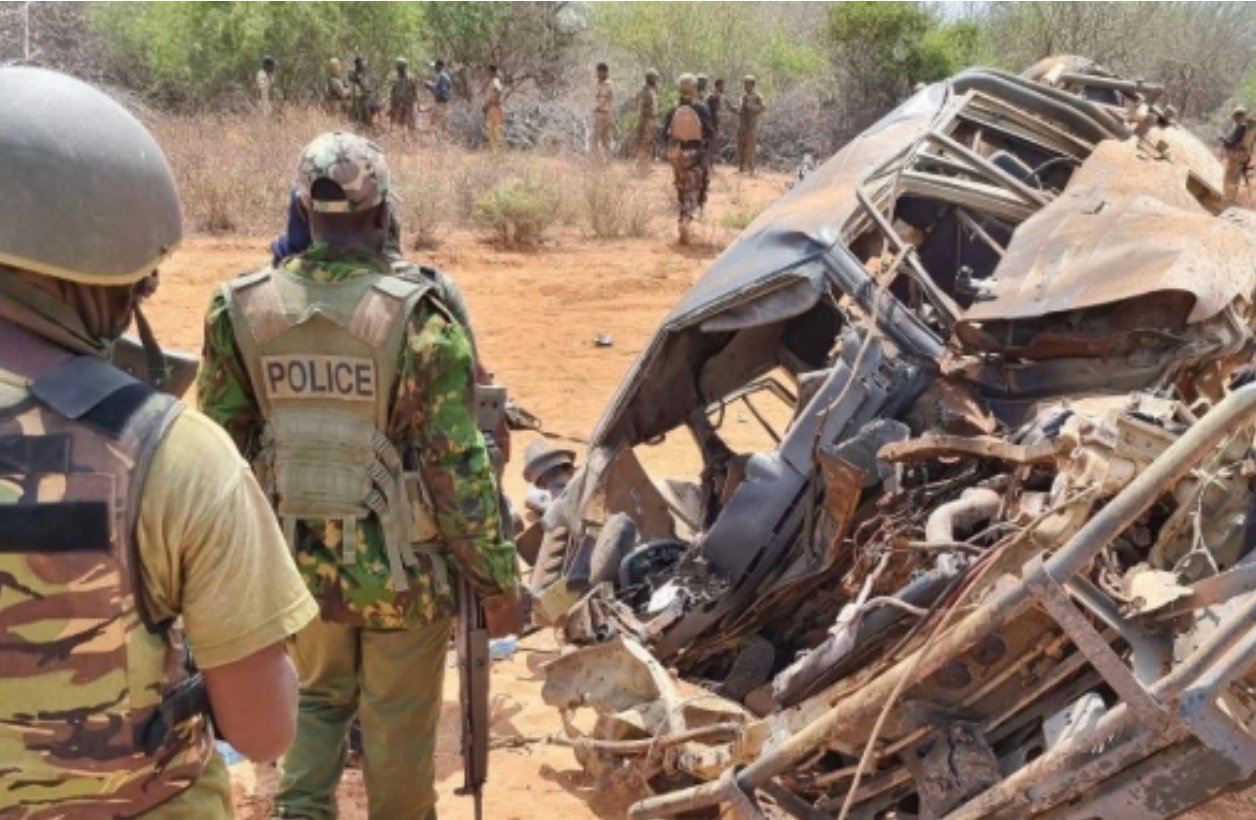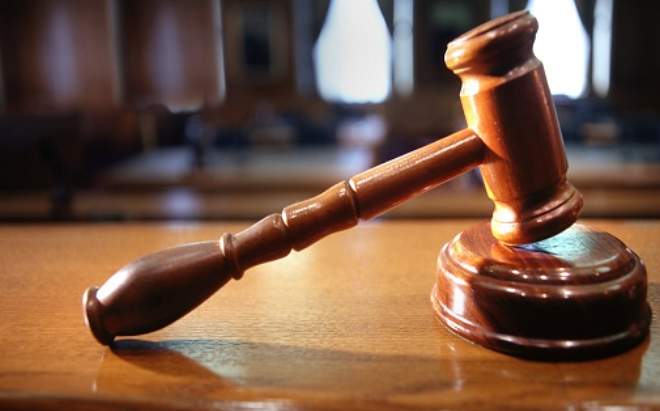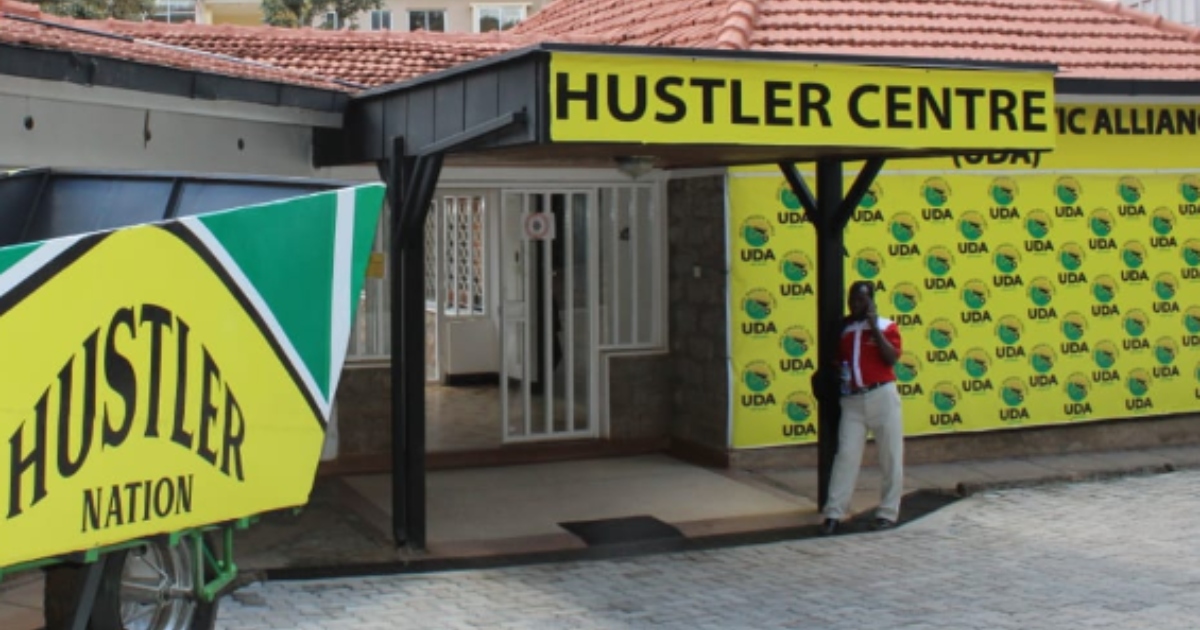The Catholic church is now set to embark on a process of choosing the next Pontiff following the death of Pope Francis.
Pope Francis passed away on Monday, April 21 morning at the age of 88 while at his residence in the Vatican's Casa Santa Marta.
He was elected to lead the Catholic church in March 2013 after Pope Benedict XVI stood down.
How Pope Francis Will Be Buried
Traditionally, Pontiffs are buried in three nested coffins made of cypress, lead and oak. However, Pope Francis before his death ordered that his funeral be less complex.
Read More

The Pontiff directed that he his coffin be made of lined with zinc. He also scrapped the tradition of placing the Pope's body on a catafalque for public viewing.
Instead, mourners will pay their respects while his body remains inside the coffin.
Pope Francis’ death will trigger nine days of mourning in Italy. This includes the funeral, which, per tradition, is held within four to six days of his death.
He will then be laid to rest in the Basilica of St Mary Major in Rome.
Process of Selecting the Next Pope
The next pope will be selected by the Catholic church’s most senior figures, known as the College of Cardinals.
There are currently 252 cardinals from more than 70 countries across the world, but only about 138 of them will be eligible to elected Pope Francis’ successor.
The papal election is held in strict secrecy inside the Sistine Chapel in the Vatican. During the process, the cardinals swear an oath of secrecy and are not allowed to contact anyone from outside until the process is done. The chapel is also swept for listening devices before and during the conclave.
During the election process, the College of Cardinals can cast as many as four ballots in a single day for the next pope, with a two-thirds majority required to elect a pontiff.
After each vote, the ballots are burned and smoke is released from the chimney of the Sistine Chapel as a signal to the crowds watching in St Peter's Square.
A successful candidate from the election is then asked if he accepts the election and, if so, chooses the name he wants to take as pontiff. The name may or may not be his original given name.
The cardinal then pledge obedience to him after which he is dressed in the papal attire before the dean of the cardinals announces him to the world.

-1758009840.jpg)




